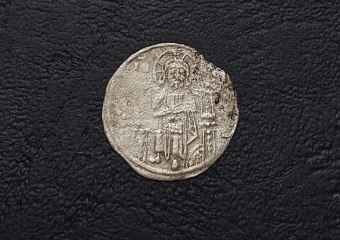Results of the animal bones analysis from the excavations of the Rusokastro fortress
The excavations of the medieval city of Rusokastro in 2017 revealed 662 animal bones, which were studied by the archaeozoologist Georgi Ribarov. It became clear that the inhabitants of the city in 13-14 century had consumed meat from different animal species. It is noteworthy that 25% of the total number of bones is from game - wild boar, red deer, roe deer, hare, pheasant, swan. This shows that hunting was a serious livelihood for medieval people. Of particular importance is the discovery of wild bovine bones that reach a weight of 1100 kg and hunting it was very dangerous.
Domestic animals are presented with bones of pigs, goats, sheep, cattle and buffalo. It is noteworthy that the pigs consumed are mostly 6-8 months old. Of the small ruminants for food are used more sheep than goats. Bones of goose were found from the poultry.
Very important information is gained from the study of horse bones. It became clear that they were from selected breeds used for riding, not traction. By their metrics, they come close to the bones of horses found in the Tsarevets fortress - bred for military purposes and which are by no means used in domestic farms.
The excavations of the Rusokastro Fortress were conducted in June-October 2017 by the Regional historical museum Burgas. They are funded by the Municipality of Kameno, the Ministry of Culture of the Republic of Bulgaria and the National Museum of History - Sofia.



Comments
comments powered by Disqus